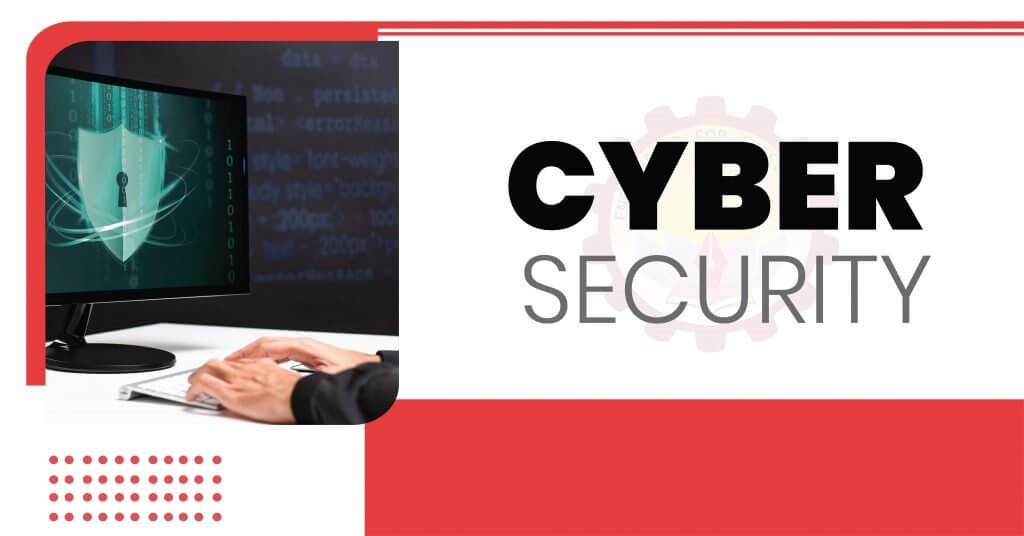All about Cyber Security
Cyber Security can be explained as a successful approach having multiple layers of protection across individual or public at a global networks, computers, data, programs that the person intends to keep safe from public breaching. The basic components of an organization ie. People, processes and technology all need to complement each other in order to create an effective defense system against cyber threats. The automated integration of a particular unified threat management can accelerate key security operations such as function detection and remediation.
Why is Cyber- Security all about ?
In today’s connected world, everyone benefits from advanced cyberdefense programs. At an individual level, a cybersecurity attack can result in everything from identity theft, to extortion attempts, to the loss of important data like family photos. Everyone relies on critical infrastructure like power plants, hospitals, and financial service companies. Securing these and other organizations is essential to keeping our society functioning.
Everyone also benefits from the work of cyberthreat researchers, like the team of 250 threat researchers at Talos, who investigate new and emerging threats and cyber attack strategies. They reveal new vulnerabilities, educate the public on the importance of cybersecurity, and strengthen open source tools. Their work makes the Internet safer for everyone.
What are the types ?
The term applies in variety of context from business to mobile context and can be divided into few common categories,
Network Security is the practice of securing the computer network from unauthorized intruders, whether targeted attackers or opportunistic malware.
Application Security mainly works on keeping the software and devices free of threats. A compromised application can provide access to the data for which it is designed to protect.
Information Security protects the integrity and privacy of data, both in storage and in transit.
Operational Security includes the process and design of handling and protecting data assets. The permissions users have when accessing a network and procedures that determine how and where data may be stored.
Disaster Recovery and business continuity defines how the organization responded to a cyber security incident or any other event that causes the loss of operation or data. Disaster recovery policies dedicate how the organization restores the data and information to return the same operation capacity as before the event.
The Scale of Cyber Threats
The global cyber threat continues to evolve at a rapid pace, with a rising number of data breaches each year. A report by RiskBased Security revealed that a shocking 7.9 billion records have been exposed by data breaches in the first nine months of 2019 alone. This figure is more than double (112%) the number of records exposed in the same period in 2018.
Medical services, retailers and public entities experienced the most breaches, with malicious criminals responsible for most incidents. Some of these sectors are more appealing to cybercriminals because they collect financial and medical data, but all businesses that use networks can be targeted for customer data, corporate espionage, or customer attacks. With the scale of the cyber threat set to continue to rise, the International Data Corporation predicts that worldwide spending on cyber-security solutions will reach a massive $133.7 billion by 2022. Governments across the globe have responded to the rising cyber threat with guidance to help organizations implement effective cyber-security practices.
Types of Cyber Threats ?
The threats encountered by cyber security are of three folds,
Cybercrime includes singles actors or group targeting systems for financial gain or to cause disruption.
Cyber – attack often involves politically motivated information gathering
Cyber – terrorism is intended to determine electronic system to cause panic and fear.
Phishing is the practice of sending fraudulent emails that resemble emails from reputable sources. The aim is to steal sensitive information like credit card numbers and login information. It is the most common type of cyber attack. You can help protect yourself through education or a technology solution that filters malicious email.
Ransomware is a type of malicious software. It is designed to extort money by blocking access to files or the computer system until the ransom is paid. Paying the ransom does not guarantee that the files will be recovered or the system restored.
Social engineering is a tactic that adversaries use to trick you into revealing sensitive information. They can solicit a monetary payment or gain access to your confidential data. Social engineering can be combined with any of the threats listed above to make you more likely to click on links, download malware, or trust a malicious source.
Malware is a type of software designed to gain unauthorized access or to cause damage to computers.
Cyber safety Tips
Update your software and operating system: This means you benefit from the latest security patches.
Use strong passwords: Ensure your password are not easily guessable
Use anti-virus software: Security solutions which are available in the market from small can be used which will detect and remove threats. Keep your software updated for the best level of protection.
Avoid using unsecured WiFi networks in public places: Unsecure networks leave you vulnerable to man-in-the-middle attacks.
STUDENT (TE-IT)
Kaustubh Chaubey


